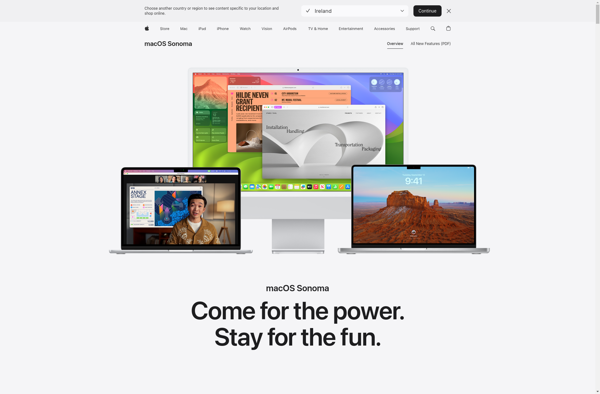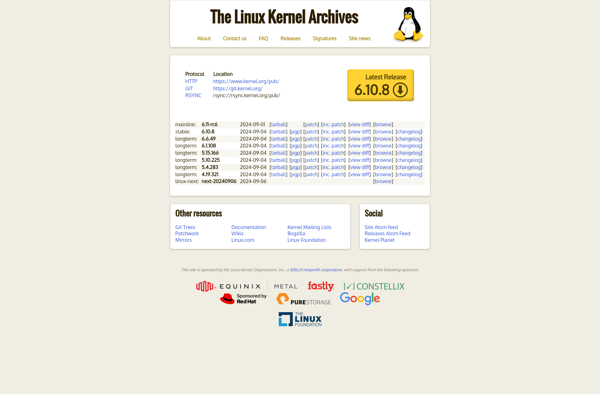TRS-XENIX

TRS-XENIX: UNIX on TRS-80
A version of UNIX developed by Tandy Corporation and Microsoft for the TRS-80, offering a UNIX-like environment on early personal computers.
What is TRS-XENIX?
TRS-XENIX was a version of the UNIX operating system first released in 1984 for Tandy Corporation's TRS-80 line of personal computers. It was developed through a partnership between Tandy and Microsoft to bring a UNIX-like multitasking, multiuser operating system to the early personal computer market.
XENIX was based on UNIX System III and adapted to run on Tandy's 16-bit TRS-80 Model 16, Model 16B, and later Model 6000 personal computers. It provided features including a command line interface, text editors, compilers, networking abilities, and more - bringing many advanced capabilities compared to single-tasking personal computer operating systems of the era.
The goal of TRS-XENIX was to make UNIX functional, affordable, and accessible on personal computers for the first time. Earlier versions of XENIX had already been made available by Microsoft for early microcomputers running Intel processors. The TRS-80 offered one of the first complete solutions bundled with graphical terminals and hard disks to run XENIX.
While innovative for its time, TRS-XENIX and the Tandy personal computers that ran it remained expensive compared to machines like the IBM PC. By the late 1980s, TRS-XENIX faded as the TRS-80 line declined and as other versions of UNIX became widespread on more mainstream PCs.
TRS-XENIX Features
Features
- Unix-like operating system
- Based on UNIX System III
- Provided multi-user and multi-tasking capabilities
- Supported Xenix networking
- Included C compiler and other developer tools
Pricing
- One-time Purchase
Pros
Cons
Official Links
Reviews & Ratings
Login to ReviewThe Best TRS-XENIX Alternatives
Top Os & Utilities and Operating Systems and other similar apps like TRS-XENIX
Here are some alternatives to TRS-XENIX:
Suggest an alternative ❐Ubuntu

MacOS

Linux Mint

Arch Linux

Elementary OS

Debian

Linux kernel

Fedora

Manjaro Linux

OpenSUSE

Pop!_OS

Kubuntu
